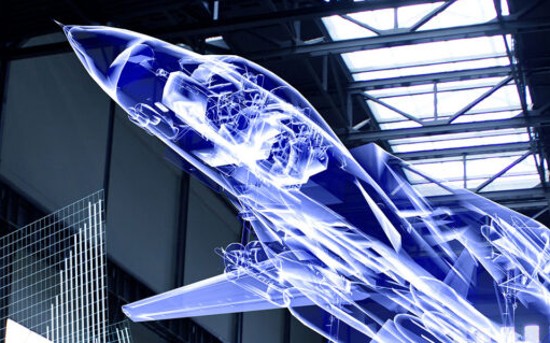Dijam Panigrahi is the co-founder and COO of GridRaster, an augmented reality (AR) software developer that today works with aerospace, automobile and military clients. In my conversation with him yesterday he introduced a very different concept of the metaverse to me than my preconceived notion of this new realm that the former Facebook, now Meta, as well as others are promoting.
He stated, “What the metaverse is to us at GridRaster is an augmented space that can be overlayed on the real world to create close cooperation between humans and machines to help build and maintain almost anything. It could be a metaverse that lets humans work through robots in remote places like Mars or the Moon, or on a factory floor, skunkworks, or design studio.”
This is far from my initiation to Second Life, the first metaverse experience I ever tried. At the time after virtually flying and interacting with other avatars, I was largely unimpressed. There was a potential to use the metaverse environment to enable people with disabling physical injuries, but for the average person, I saw it as being more of a gaming platform for those with too much time on their hands.
But as Dijam and I talked he explained how the convergence of a range of 21st-century technologies was going to make the metaverse a powerful tool for companies. He was talking about combining artificial intelligence (AI), robotics, augmented and virtual reality (AR/VR), and additive manufacturing (3D printing). He believed that the impact of all of these under the metaverse umbrella would be felt in every business operation from design to the factory floor, to warehousing and to logistics. The metaverse, he stated, was going to overlay our physical world in ways never contemplated before.
Why is Dijam such a metaverse believer?
Let’s start by describing what GridRaster has developed. Go to the website and it describes the technology as follows:
“a unified and shared software infrastructure to empower enterprise customers to build and run scalable, high-quality eXtended Reality (XR) – Augmented Reality (AR), Virtual Reality (VR) and Mixed Reality (MR) – applications in public, private, and hybrid clouds.”
What does that all mean?
Simply, GridRaster creates spatial, high-fidelity maps of three-dimensional physical objects. So if you plan to build an automobile or aircraft, use the software to capture an image and create a detailed mesh model overlay that can be viewed using a VR headset. The mesh model can be shared with robots and other devices.
GridRaster software integrates wirelessly and through the Cloud which means it can be used anywhere. A human user on Earth could work with a robot on the Moon to build a lunar base.
The software’s XR capability allows for rapid prototyping throughout the design and engineering phases of new product development. Dijam told me that 70% of manufacturing issues can be handled at the design phase which means incredible time savings.
Another feature produces photorealistic visualizations for technicians to use to train or do maintenance and repair.
And its mixed reality simulation capability allows product developers to do continuous testing throughout the design process.
I asked Dijam for examples of clients using GridRaster. He mentioned Boeing which is working to design a new aircraft in the metaverse. Two other manufacturers, Hitachi and Volkswagen, are using the metaverse the same way.
Another client, the US Department of Defence (DoD) is using the metaverse to help with its aircraft maintenance depot operations. DoD is deploying robotic arms at these depots. Using GridRaster, what used to take hours to program a robot now takes 15 minutes.
GridRaster works with off-the-shelf VR headsets like the Microsoft Hololens. With the headset, the user sees a detailed mesh model that serves as a virtual 3D map. Users can instruct or guide a robotic arm to complete a task. In the case of the DoD depot application, the robots are doing painting, grinding, and swapping out and replacing defective or damaged parts for aircraft.
The mesh model using Hololens provides millimetre-scale accuracy. For surgical and medical laboratory applications, the software can visualize at a micrometre scale.
The last example Dijam shared was the US Space Force (USSF) which is using GridRaster with its project to build and deploy space robots to deal with the problem of orbital debris. USSF’s goal is to have human operators on Earth work with robots in orbit to target trash and give it a deorbiting push so it burns up in the atmosphere rather than continue to be a potential hazard to working satellites and low-Earth orbit human missions.









